I'm experimenting with a MOSFET that controls power to another component so that I can remove all current from it when it's not in use and save power. In regards to that, this question is awesome: Switching DC with MOSFET: p-Channel or n-Channel; Low Side Load or High Side Load?
But I'm running into some snags when it comes to practical use.
First approach:

simulate this circuit – Schematic created using CircuitLab
I was able to switch this off fine, but when it was on, I was only getting half voltage out. Turns out I was using an N channel MOSFET wrong, and it's not good as a high side switch like this.
Ideas to fix:
I could move the MOSFET to GND of the LED array with a 100 ohm resistor on the gate. I believe this would allow it to act like a switch in the manner that I really want. However, the addressable LEDs still draw a decent amount of power when their GND is disconnected! It seems the return path goes down the CLK and DAT lines. This is not a problem when VCC is disconnected. This means I would need three MOSFETS, one for each of CLK, DAT and GND, driven by one pin.
I could use a P-Channel on the high side, but to turn it off I need to supply voltage. When turned off, I want to be conserving power with the micro controller in a super low power mode . In that state wasting current holding the MOSFET closed seems wasteful, and I'm not the micro controller could do that in sleep mode.
Both those options seem kind of inelegant. What I seem to need is a simple 4 pin component (VCC, GND, GATE, OUTPUT) that can connect VCC and OUTPUT when I pull GATE high. Does such a thing exist?
What do you think is my best bet for making this work with the fewest/simplest components?